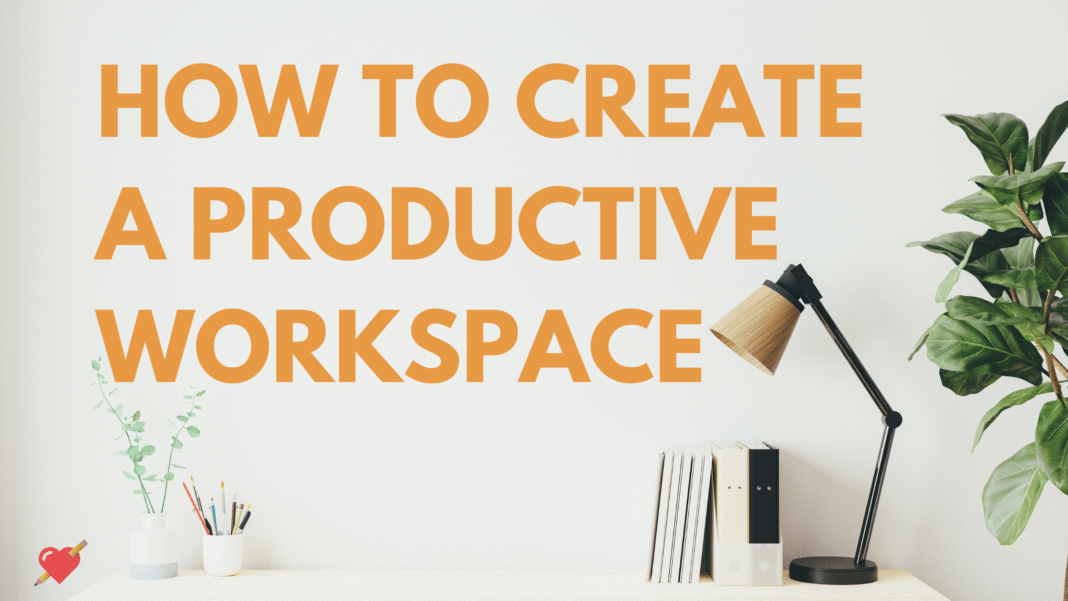Transitioning from a traditional classroom to working remotely in the education field brings both freedom and fresh challenges—especially when it comes to your workspace. For educators stepping into roles beyond the classroom, carving out a corner of calm and productivity at home can feel daunting. How do you squeeze years of collected teaching materials into a small space? How do you make a work zone that’s both functional and inspiring?
The answer lies in intentional design, a touch of mindfulness, and a mindset shift: less can be more. Here’s how to build a productive, personal workspace that empowers your best work—even if you’re working from a kitchen table or tucked-away nook.
Step 1: Define What You Really Need
Start by figuring out what’s essential. We’re used to classrooms filled with resources, supplies, and bulletin boards—but your home setup doesn’t need to replicate that. A productive workspace doesn’t require everything; it just needs the right things.
Begin with the basics: a comfortable desk and supportive chair. As classroom teachers, we’re on our feet a lot—so switching to mostly sedentary work can be a shock to the system. Investing in ergonomic seating is key. If you prefer a more flexible setup, consider standing desks or floor cushions for occasional variety.
Step 2: Customize Your Planning System
Teachers love structure—and that doesn’t change when you move into more flexible education work. Whether you’re building curriculum, coaching other educators, or freelancing, you’ll need a reliable way to track your time and projects.
Digital tools like Asana, Trello, or Google Calendar can streamline your workflow and reduce paper clutter. Prefer analog methods? A large whiteboard or visual planner can provide a clear, at-a-glance overview of your week. The most effective system is the one you’ll actually use, so experiment and adjust as needed.
Step 3: Create Pockets of Calm
Working from home means it’s easy to lose boundaries between work and life. One way to reclaim balance is by designing your space to include mindful moments.
Think of these as mini well-being breaks—especially helpful for screen-heavy jobs:
- A guided meditation to reset your mind (apps like Calm or Insight Timer are great).
- A snack station with protein bites and a thermos of tea or cool water.
- A few deep breaths while gazing at something green—indoor plants are powerful stress relievers.
These little rituals can help you stay energized and grounded throughout the day.
Step 4: Let Your Story Shine
You may no longer be in a traditional classroom, but your journey as an educator is far from over. Instead of stashing away all your mementos—student artwork, global teaching photos, cherished awards—bring them into your new space.
Create a gallery wall with photos, a corkboard collage of past student notes, or display a few objects that remind you of your impact. These visual reminders not only personalize your space but also ground you in purpose when work gets overwhelming.
Step 5: Make Peace With Small Spaces
Not everyone has a spare room to turn into an office—and that’s okay. With a bit of creativity, even a shared space can become a productive work hub.
Noise-canceling headphones can be a lifesaver. Music can set the tone—try classical or lo-fi jazz to keep your brain focused without distraction. And aim to schedule deep-focus work during naturally quieter moments at home (nap time, early morning, or post-dinner).
Tidy surroundings also help. Store only current project materials on your desk; move other resources to storage bins, digital folders, or e-readers. Decluttering isn’t about minimalism for its own sake—it’s about giving your brain space to think.
Step 6: Collaborate With the Kids
If you’ve got young ones at home, building a workspace becomes a team effort. Instead of seeing your children as an obstacle, think of ways to integrate their needs into your routine.
Here are a few strategies:
- Set up nearby play zones with age-appropriate, open-ended toys: blocks, sticker books, puzzles, or coloring materials.
- Use baskets or small drawers so kids can access and clean up independently.
- Practice independent play during your non-working hours to establish a flow they can replicate while you work.
- And if a Zoom call gets interrupted by a toddler? Breathe. It happens. Many organizations today value flexibility and empathy—and showing your humanity doesn’t make you less professional.
Final Thoughts: Your Workspace, Your Way
Creating a productive workspace at home isn’t about copying Pinterest perfection. It’s about building an environment that works for you. One that reflects your needs, supports your goals, and honors your journey as an educator—whether you’re designing lesson plans, leading workshops, or launching your own education business.
You already know how to cultivate powerful learning spaces. Now, it’s just a matter of turning that expertise inward and creating a space where you can thrive.
So, clear the clutter, hang that student thank-you note, and claim your corner. Your best work is just waiting to be written.


